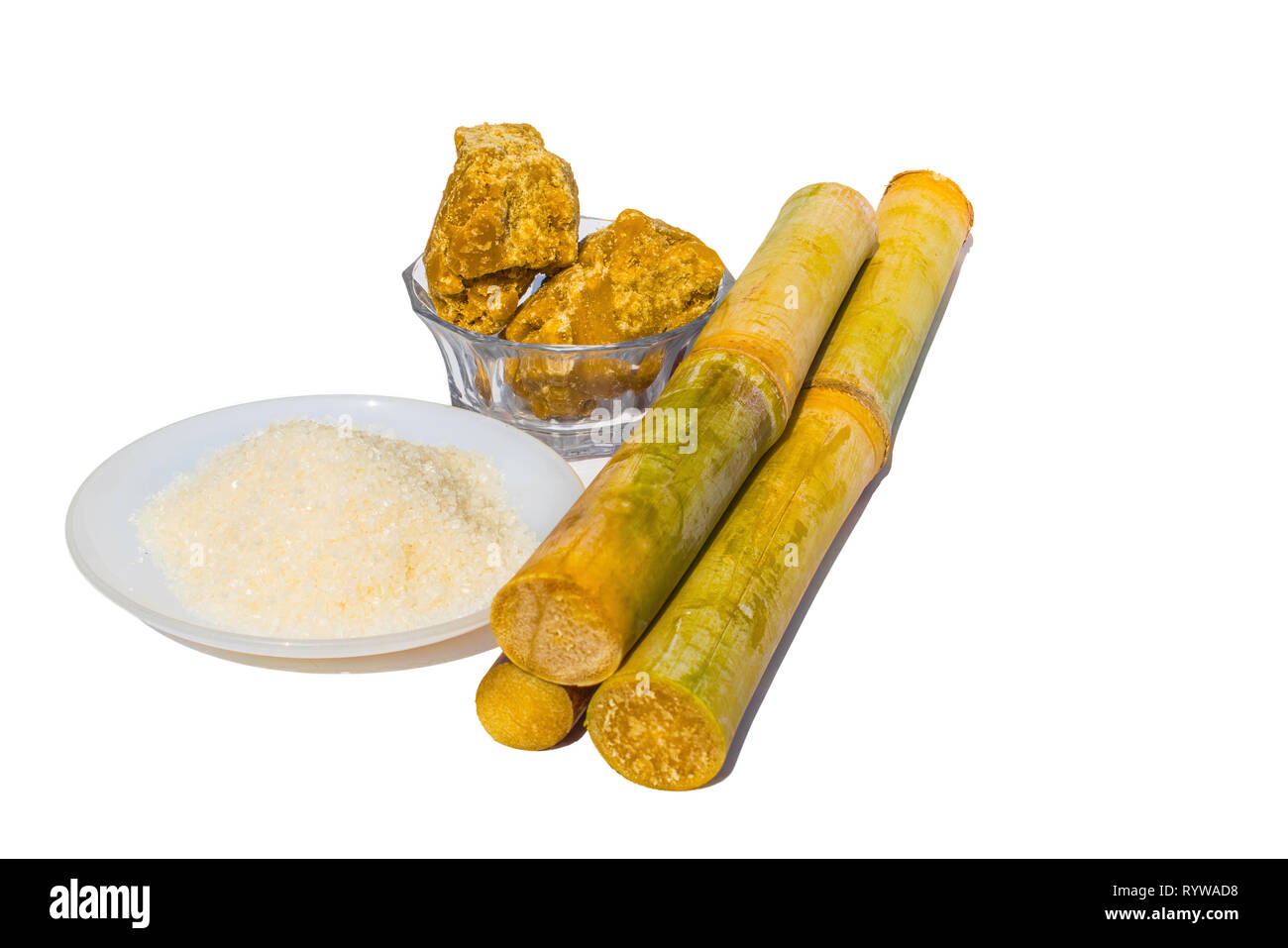The Growing Popularity of Sugarcane Product in the Vegan and Sustainable Markets
The Growing Popularity of Sugarcane Product in the Vegan and Sustainable Markets
Blog Article
The Journey of Sugarcane: From Harvest to Everyday Products
The journey of sugarcane is a complex process that starts with meticulous growing and finishes in a variety of products that permeate our day-to-day lives. As we discover the various elements of sugarcane's trip, its role in sustainability and the wider effects for our atmosphere come right into sharper emphasis.
Farming of Sugarcane
The cultivation of sugarcane is a crucial agricultural process that needs specific environmental conditions and monitoring practices. Optimal growth takes place in subtropical and exotic areas where temperatures vary between 20 ° C and 32 ° C. Adequate rains or watering is essential, as sugarcane grows in damp soil with well-drained problems (sugarcane product). Dirt quality significantly influences yield; thus, farmers frequently conduct dirt tests to determine nutrient demands
This method promotes reliable gathering and makes best use of sunlight direct exposure. Plant turning and intercropping are advised methods to improve soil fertility and lower parasite invasions.
Timely application of these plant foods can substantially boost sugar yields. Generally, successful sugarcane growing hinges on a combination of environmental stewardship, critical preparation, and continuous monitoring techniques.
Gathering Techniques
Successful sugarcane farming finishes in the gathering phase, which is crucial for making the most of return and making sure quality. The timing of the harvest is critical; sugarcane is generally collected when sucrose degrees optimal, typically between 10 to 18 months after growing. This period differs based on climate, dirt type, and sugarcane variety.
Gathering strategies can be extensively classified right into guidebook and mechanical approaches. Manual harvesting is labor-intensive, counting on knowledgeable workers that use machetes to reduce the stalks close to the ground. This method permits selective harvesting, where only the ripest walking canes are chosen, consequently enhancing overall sugar content.
On the other hand, mechanical harvesting has actually acquired popularity as a result of its efficiency and cost-effectiveness. Specialized farmers outfitted with cutting blades and conveyor systems can process large locations promptly, substantially minimizing labor expenses. Nevertheless, this technique may result in the incorporation of premature walking sticks and a prospective decline in sugar top quality.

No matter the technique utilized, making certain that harvested canes are transferred quickly to processing centers is necessary. Prompt taking care of lessens spoilage and maintains the integrity of the sugarcane, establishing the stage for ideal handling.
Processing Techniques
Handling sugarcane involves several important actions that change the gathered stalks right into functional items, mostly sugar and molasses. The initial phase is washing the walking cane to remove dirt and debris, complied with by the extraction of juice via squashing or milling. This process typically employs heavy rollers that break the cane fibers to launch the pleasant liquid had within.
When the juice is extracted, it goes through clarification, where impurities such as dirt bits and bagasse are gotten rid of. This is commonly accomplished by including lime and warming the juice, enabling sedimentation. The cleared up juice is then concentrated via dissipation, where water web content is minimized, resulting in a thick syrup.

Ultimately, the handling of sugarcane not just produces sugar and molasses however likewise lays the foundation for different by-products, which will be explored in subsequent Home Page discussions.
Products Derived From Sugarcane
Sugarcane is a versatile crop that yields a broad selection of items beyond just sugar and molasses. Among the primary by-products are ethanol and biofuels, which have actually obtained importance as eco-friendly power sources. Ethanol, generated via the fermentation of sugarcane juice, serves as a different to fossil gas and is typically blended with gasoline to develop cleaner-burning fuels, reducing greenhouse gas discharges.
Furthermore, sugarcane is a substantial source of bagasse, the fibrous residue staying after juice extraction. Bagasse is made use of in various applications, including the manufacturing of paper, biodegradable product packaging, and as a biomass fuel for energy generation. Its usage not only lowers waste however additionally improves the sustainability of sugarcane processing.
Additionally, sugarcane-derived items include the food industry, where it functions as a natural flavoring agent and click over here now sugar in different cooking applications. In the world of cosmetics, sugarcane extracts are included into skin care products as a result of their all-natural exfoliating properties.
Ecological Effect and Sustainability
The farming and handling of sugarcane have considerable ramifications for environmental sustainability. This crop calls for substantial water sources, typically resulting in deficiency of local water products and affecting surrounding environments. Additionally, using plant foods and pesticides in sugarcane farming can cause soil degradation and waterway pollution, positioning risks to biodiversity.

Sustainable sugarcane farming also advertises dirt health and wellness with plant rotation and lowered husbandry, boosting carbon sequestration. The fostering of these practices not just supports environmental stability but also enhances the resilience of farming communities versus reference climate change.
Verdict
In recap, the journey of sugarcane incorporates various stages from cultivation to handling, eventually resulting in a vast selection of products. The value of sugarcane prolongs beyond plain sweeteners, adding to renewable resource with ethanol production, sustainable packaging by means of bagasse, and natural removes for cosmetics. This complex plant plays a crucial function in both nutritional enrichment and ecological sustainability, highlighting its relevance in modern agricultural and commercial techniques.
Effective sugarcane cultivation finishes in the collecting stage, which is critical for optimizing yield and guaranteeing high quality. The timing of the harvest is crucial; sugarcane is typically gathered when sucrose levels optimal, generally in between 10 to 18 months after planting.Processing sugarcane entails a number of vital actions that transform the collected stalks into useful products, mainly sugar and molasses.Sugarcane is a flexible crop that generates a broad selection of items past just sugar and molasses. Additionally, the usage of fertilizers and chemicals in sugarcane farming can result in dirt degradation and river contamination, posing dangers to biodiversity.
Report this page